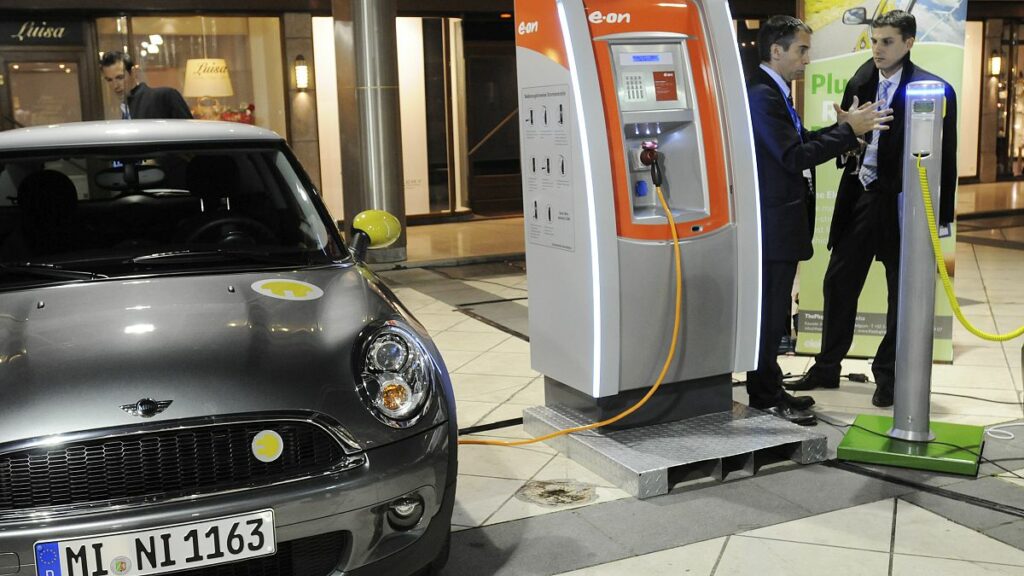To standardise the research, calculations were based on a typical DC fast recharging session for a Tesla Model 3, Europe’s second most popular EV, after the Tesla Model Y.
EAFO researchers imposed a 25-minute charging time to generate a 10% to 80% battery charge from public charging points, with pricing data sourced directly from charge point operators (CPOs).
Iceland is the cheapest place to charge
Iceland was ranked the cheapest place in Europe to charge the Tesla Model Y, at a cost of €2.89 per 100 km, slightly ahead of Portugal, where drivers have to fork out €3.18 to cover the same distance. Finland was placed third, with drivers paying €4.63 for the DC fast charge.
Although a small market, Iceland has emerged as a strong adopter of EVs, with significant penetration, particularly in its capital, Reykjavik. Its abundant renewable energy resources have helped drive down its EV charging price.
Norway was the most expensive place in Europe by far, with the charge to cover 100 km around six times greater than in Iceland, at a whopping €18.93 – a price difference of €16.04. Slovenia was the second most expensive country, with a charge of €17.02.
Prices varied across southern Europe, with Spain the cheapest at €7.11, after Portugal. Bulgaria (€7.34), Italy (€9.12), Greece (€9.83), Malta (€9.83), and Cyprus (€9.83) were all within €2-3 of the regional average.
Germany and France were among a number of northern and central European countries whose charging rates were around €7 to €10. Estonia and Germany were the costliest nations within the group, with charges of €9.99 and €8.93 per 100 km, closely followed by Denmark at €8.81.
Motorists travelling in France faced paying €7.26, slightly less than their cross-Channel neighbours, the UK, where EV drivers were charged €7.79. In Austria, the charge was €7.88.
Energy economists believe the disparities in charging costs across Europe can be attributed to several factors, including the source of electricity, taxes, and government policies, with countries with abundant renewable resources tending to have lower costs because they are less dependent on imported fossil fuels. Conversely, countries with high taxes, grid fees, or reliance on expensive imports, such as Denmark and Germany, see higher prices.
More public charging points than ever before
The Netherlands leads Europe with more than 154,000 public EV charging points, reflecting the nation’s strong commitment to EV adoption and its willingness to invest in vital EV infrastructure.
Germany and France have extensive EV public charging networks, with both countries boasting more than 125,000 public charging points. Germany is second only to the Netherlands with 130,828, while France is ranked third with 127,530, according to EAFO data.
As Europe’s largest automotive market, Germany has rapidly increased its EV adoption rate, with EVs accounting for over 25% of new car sales in 2023. EAFO figures for 2024 suggest the trend is reversing, as sales for the for the first half of this of 184,000 battery EVs, represent a decrease of 16.4% compared with the same period last year.
Source link : http://www.bing.com/news/apiclick.aspx?ref=FexRss&aid=&tid=66f3c262dfc6447a95254921f8407e5a&url=https%3A%2F%2Fwww.euronews.com%2Fbusiness%2F2024%2F09%2F25%2Fthe-cheapest-and-most-expensive-countries-in-europe-to-charge-your-ev&c=11332945635664748610&mkt=de-de
Author :
Publish date : 2024-09-24 23:11:00
Copyright for syndicated content belongs to the linked Source.
